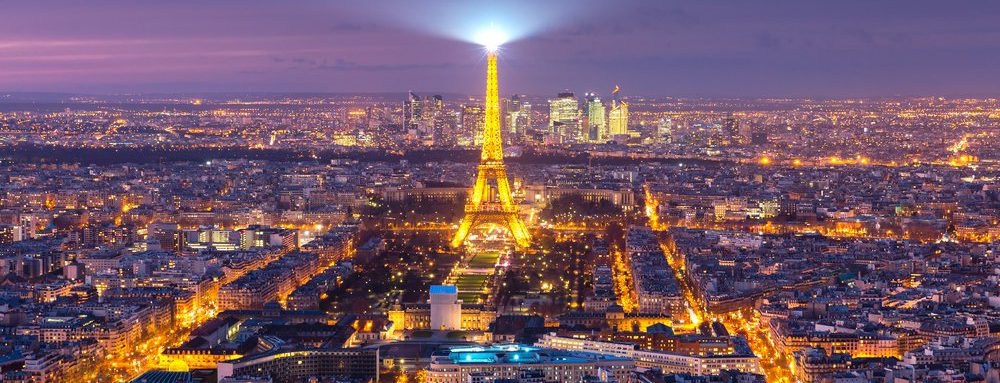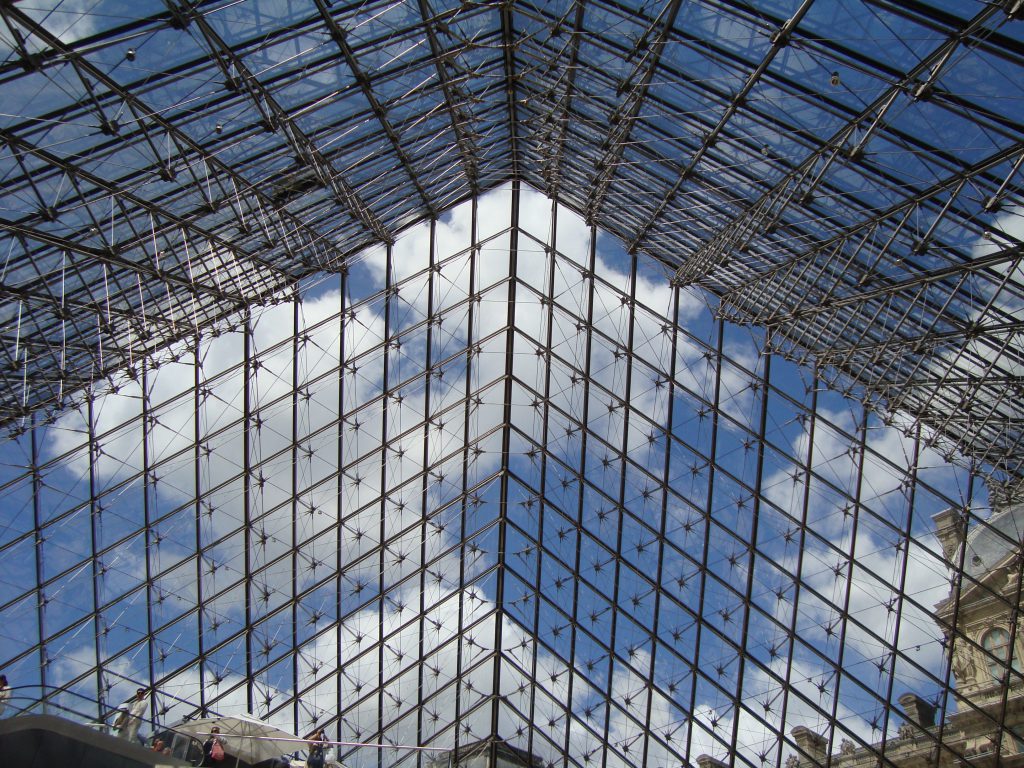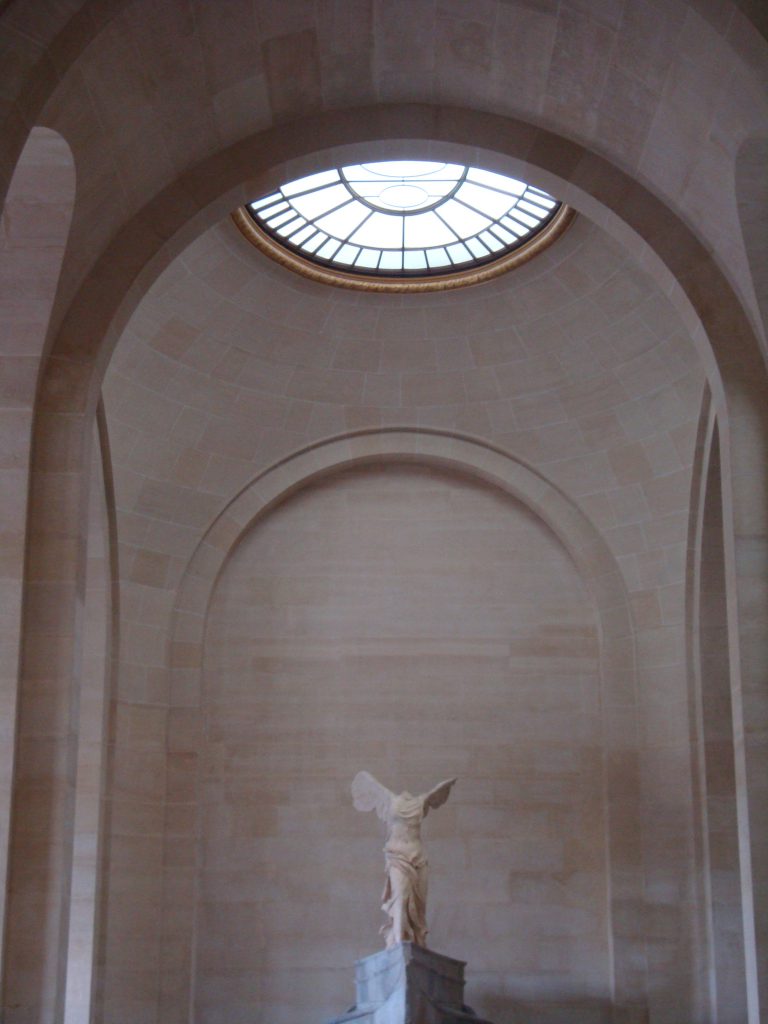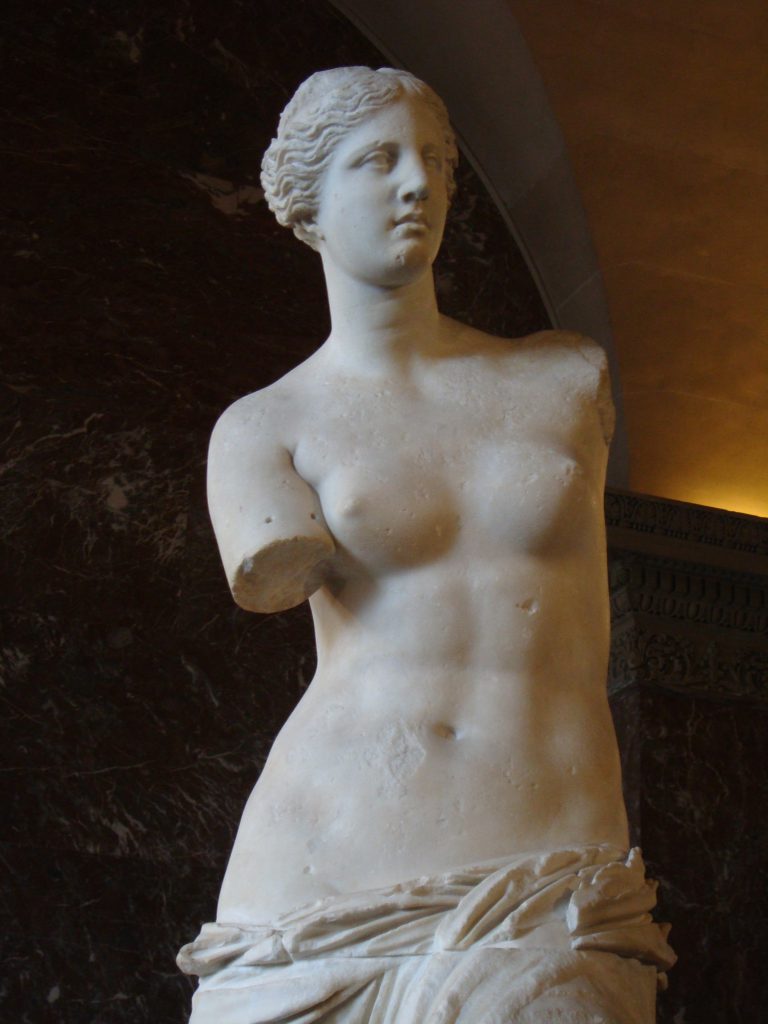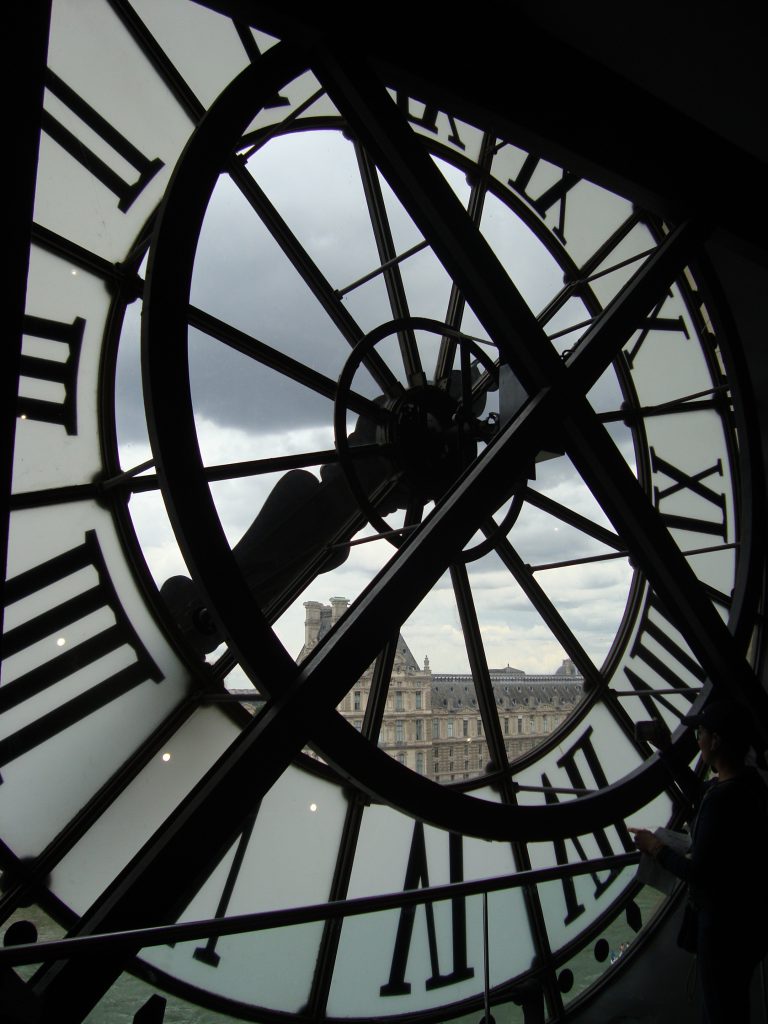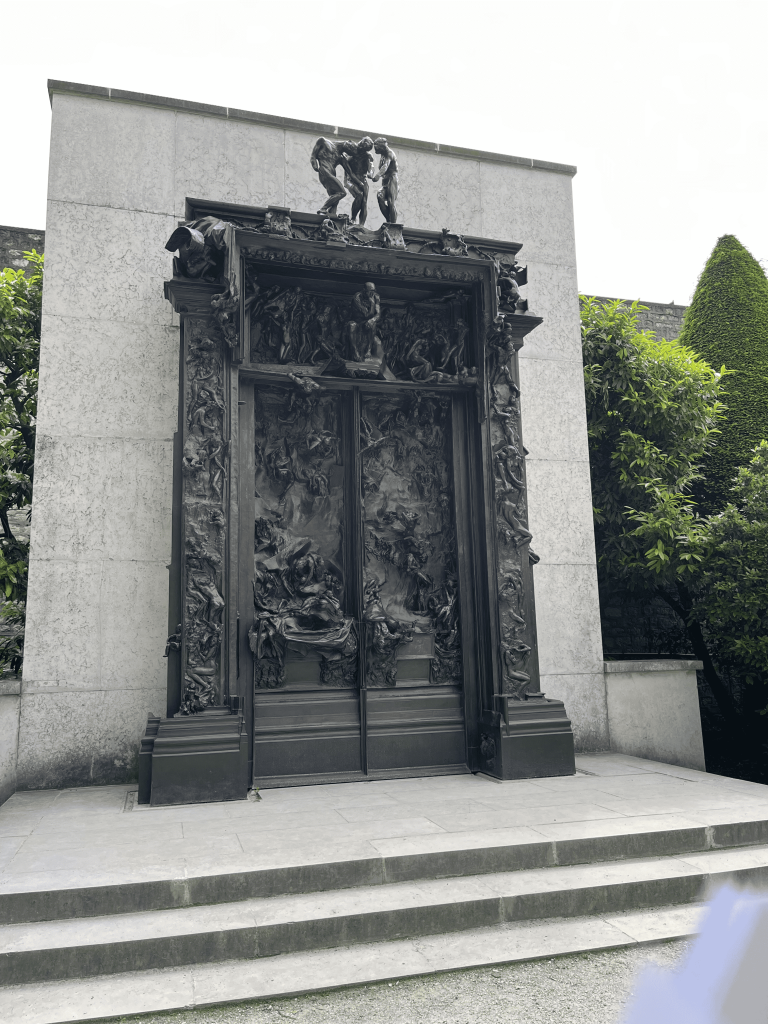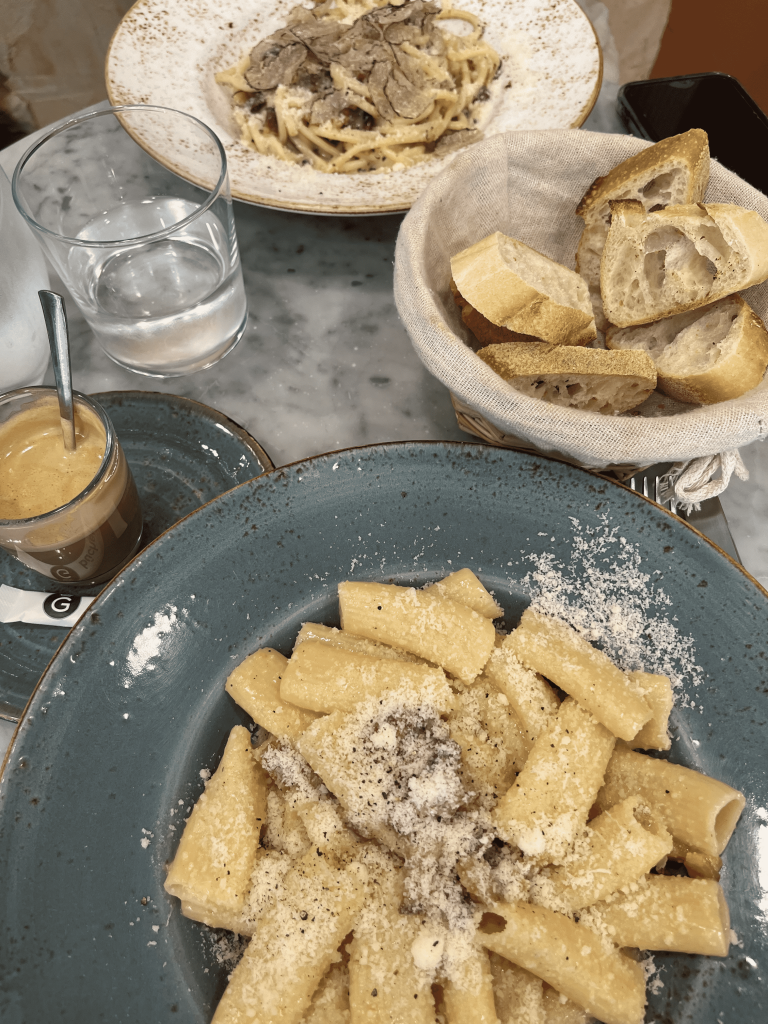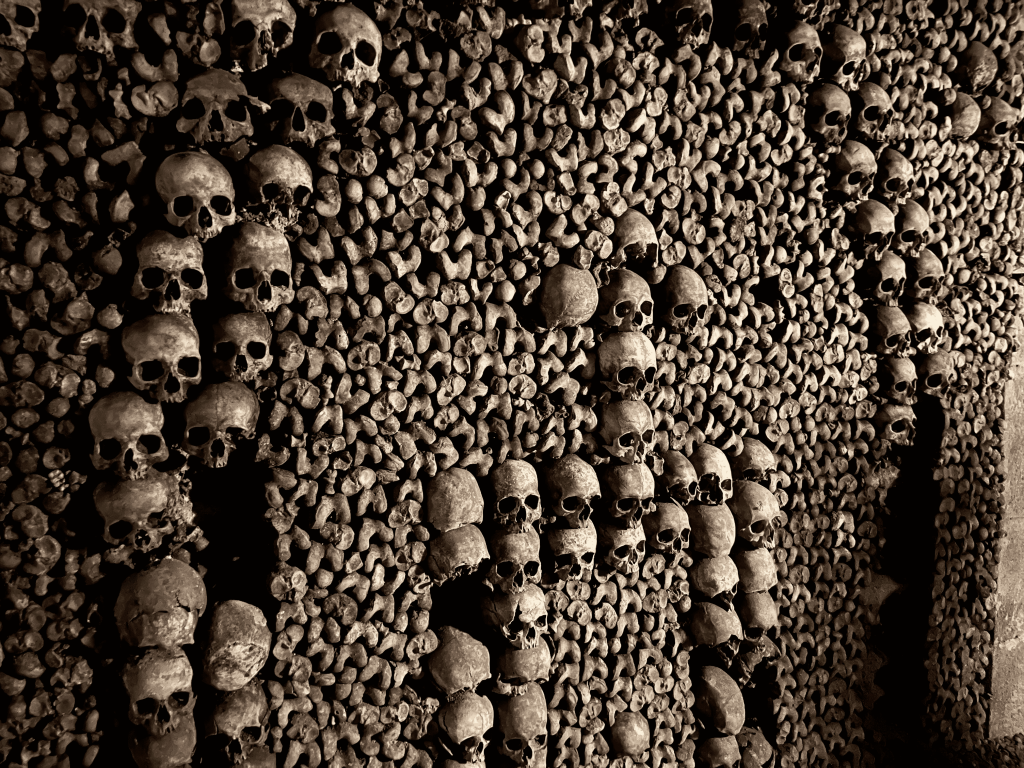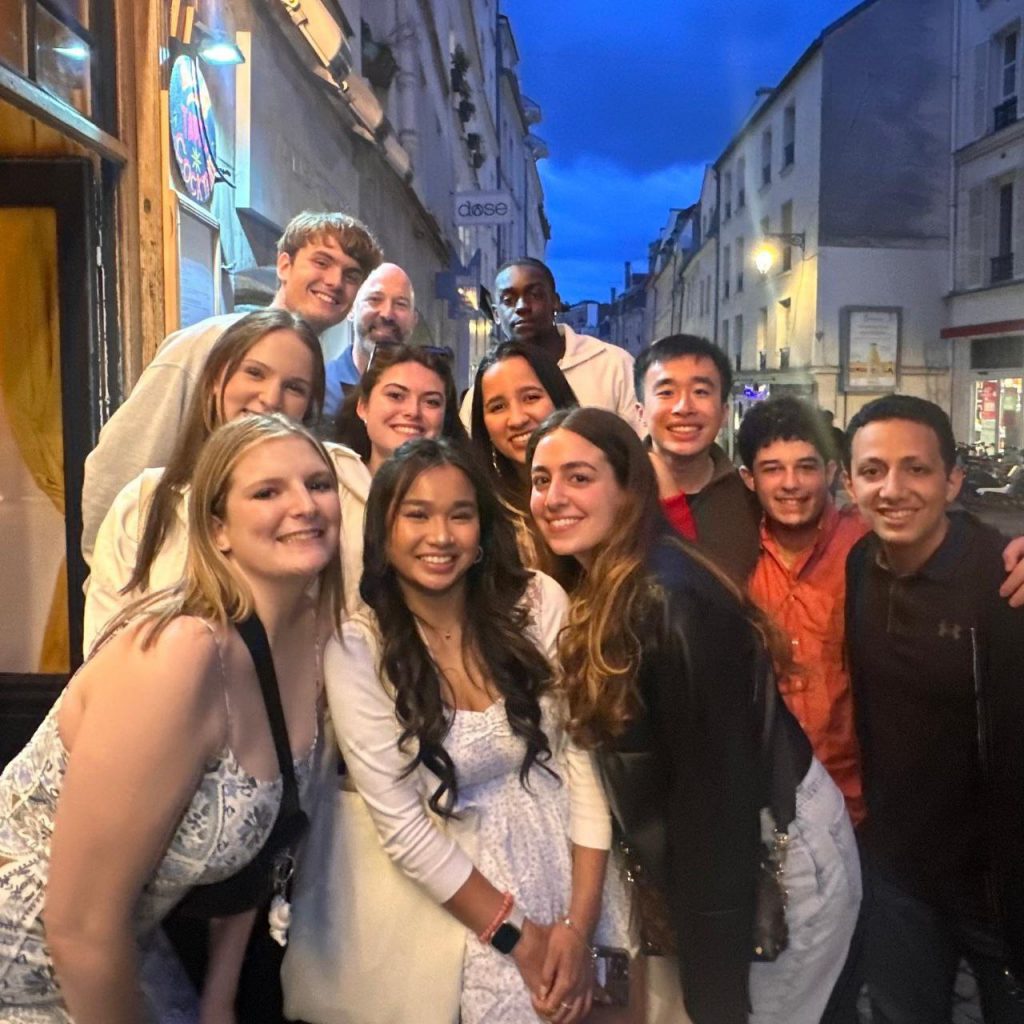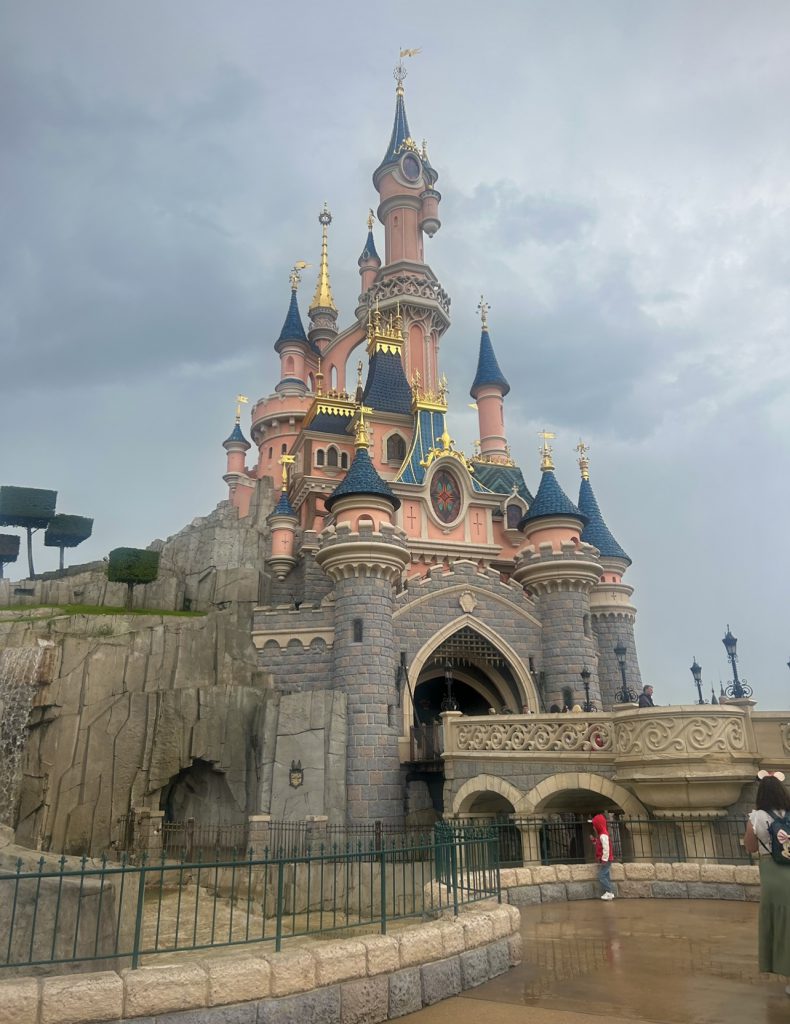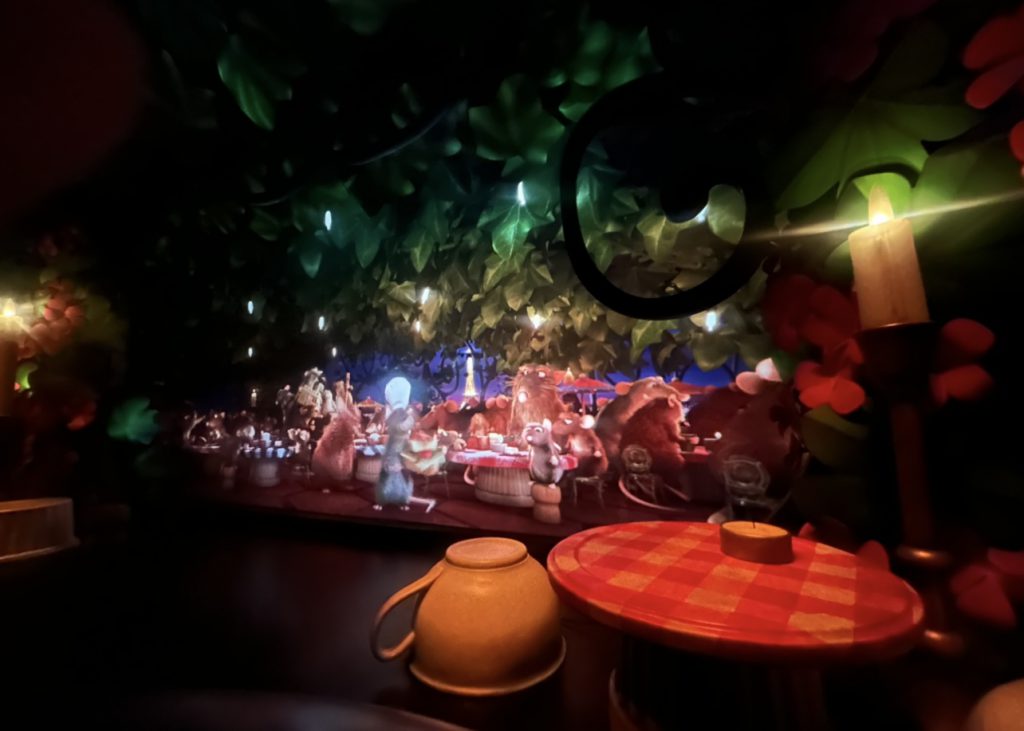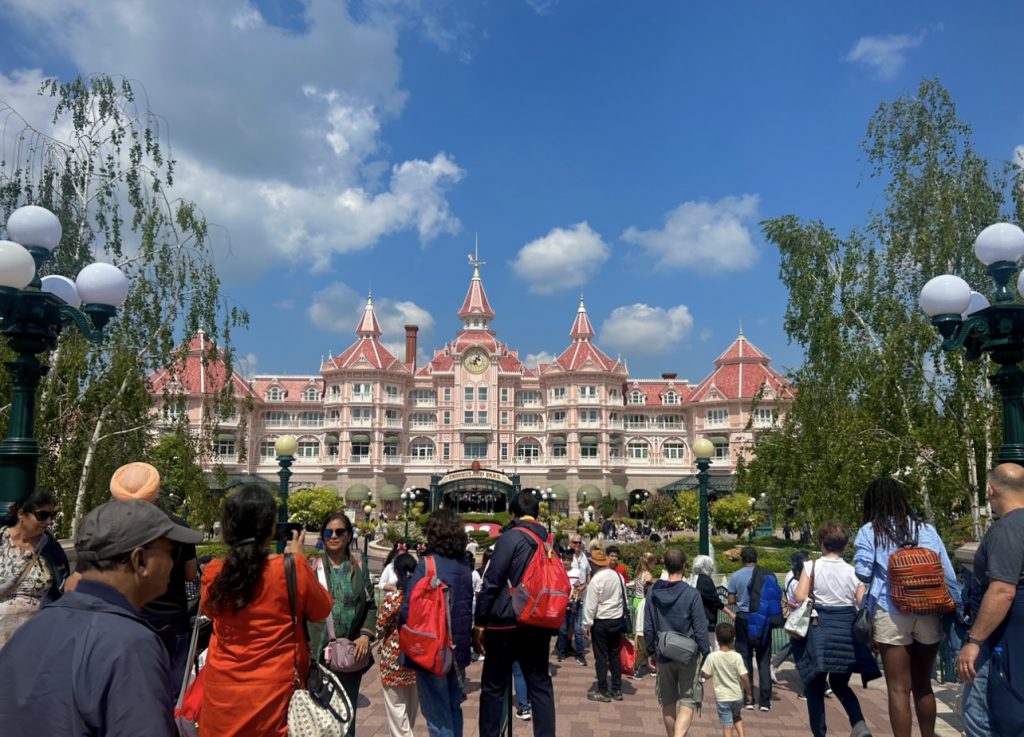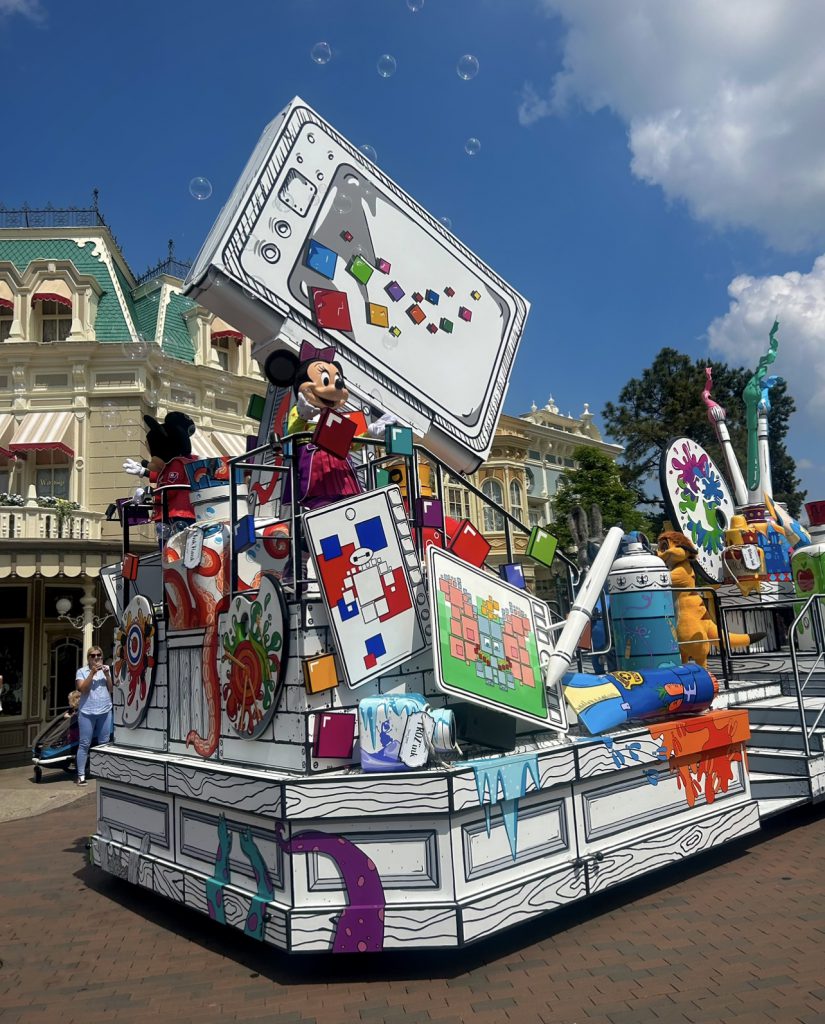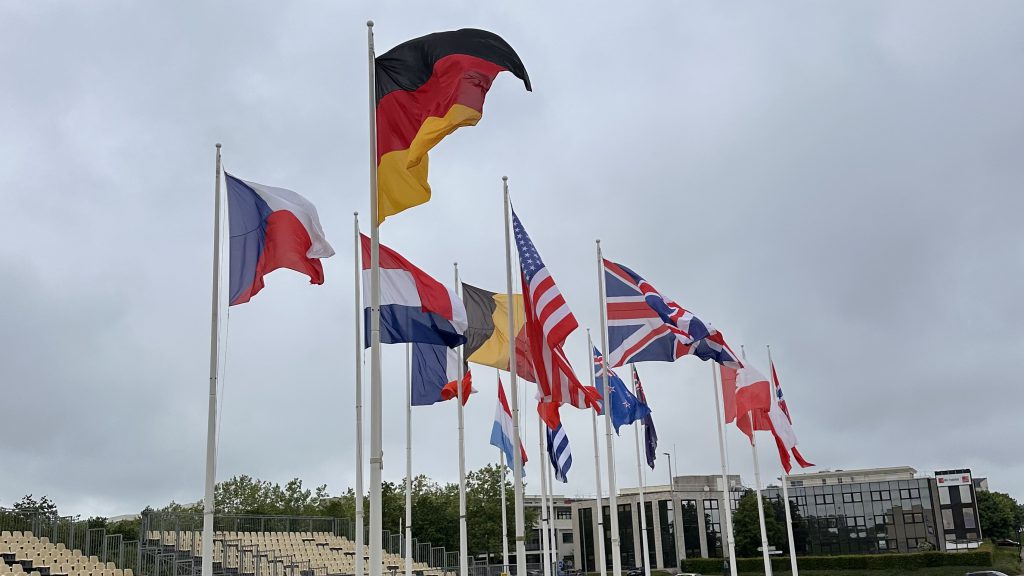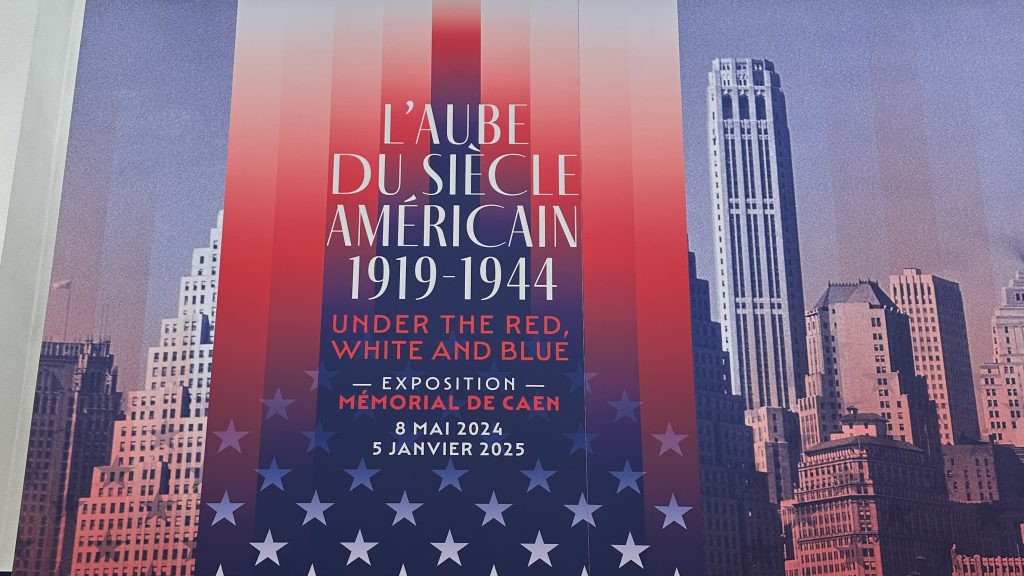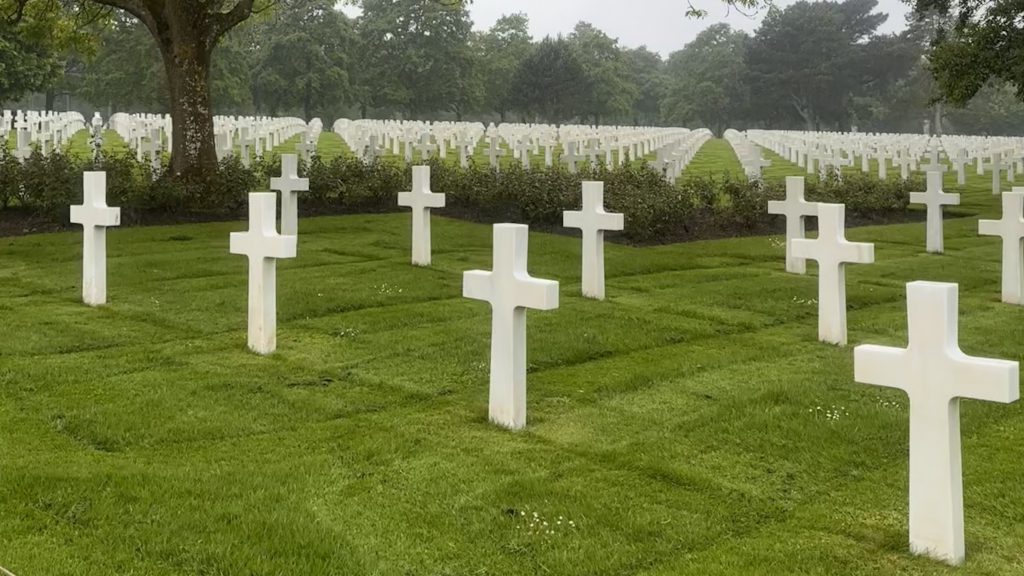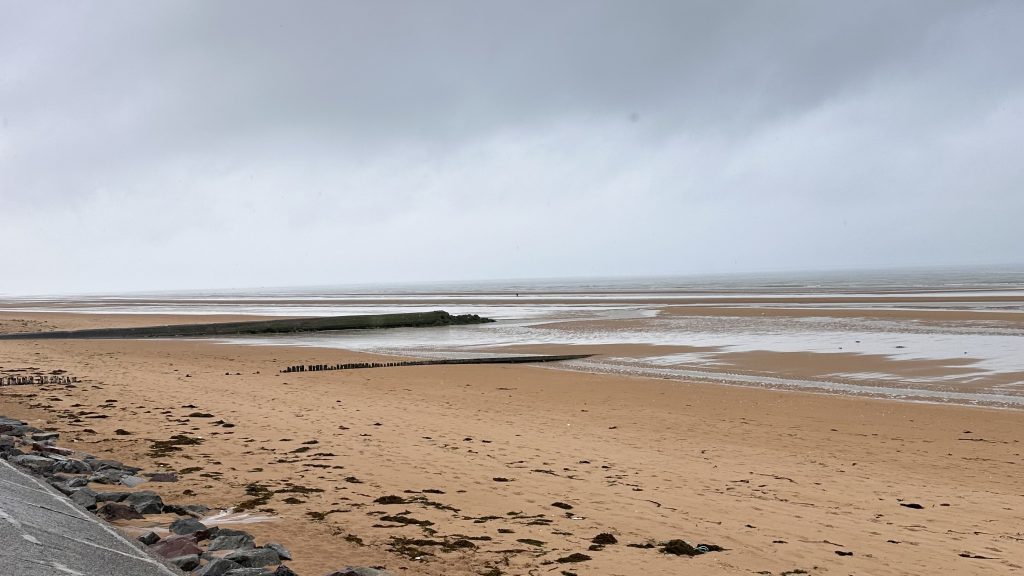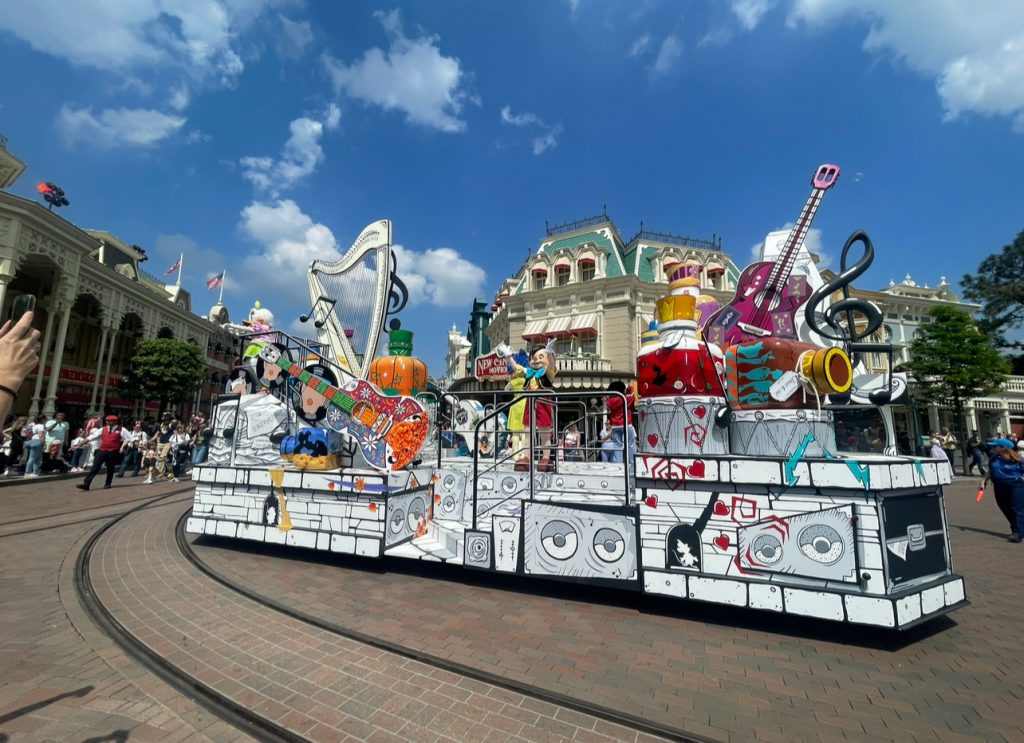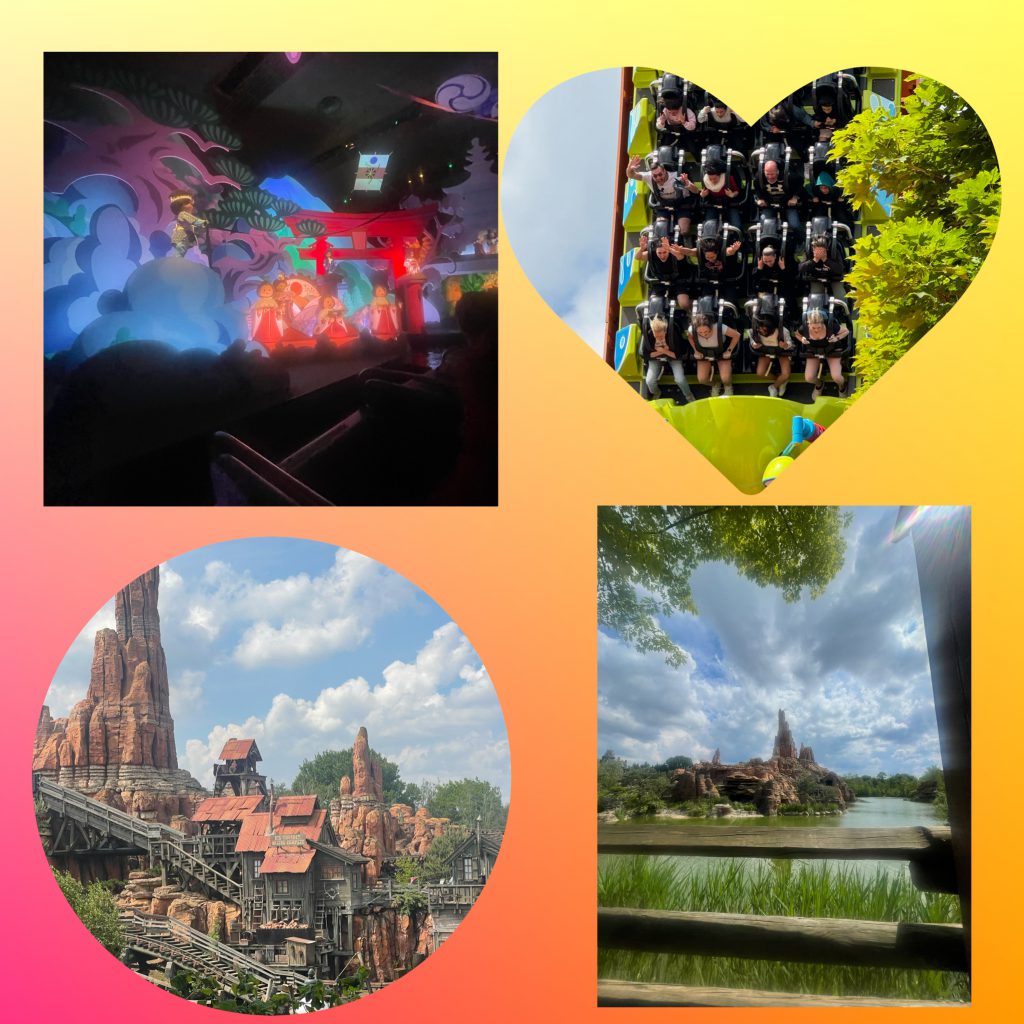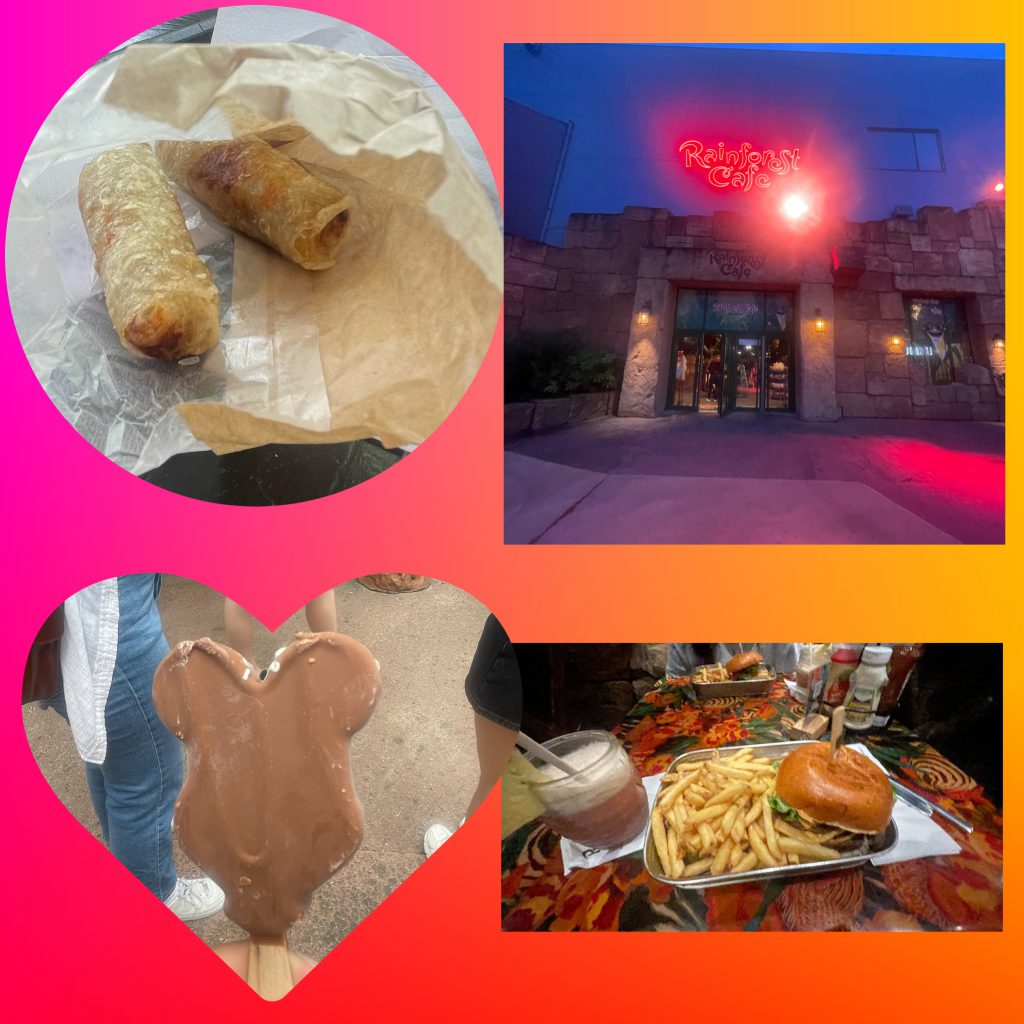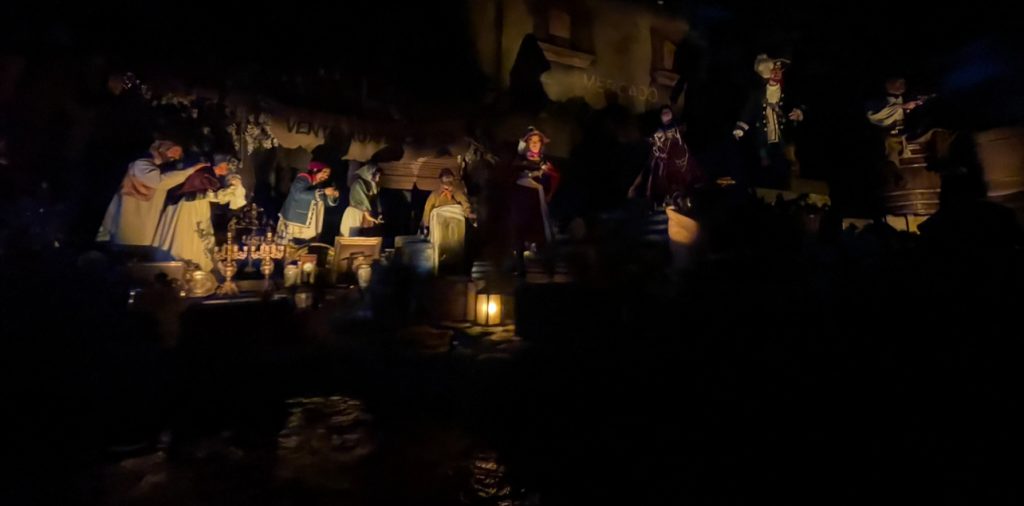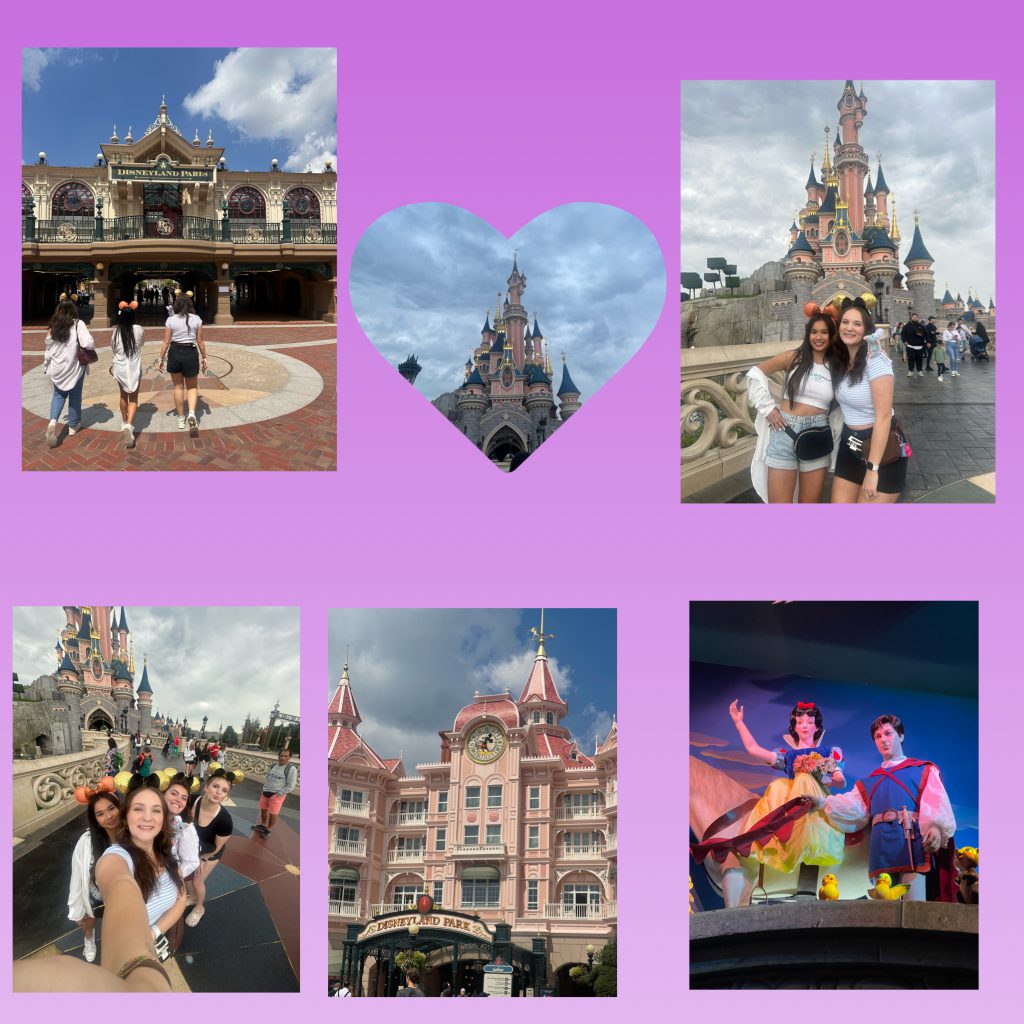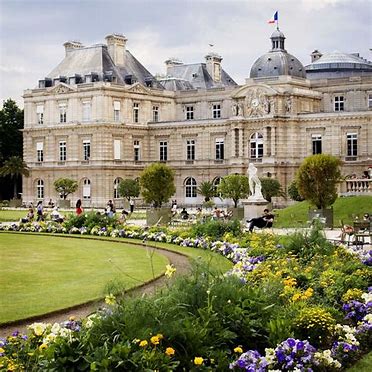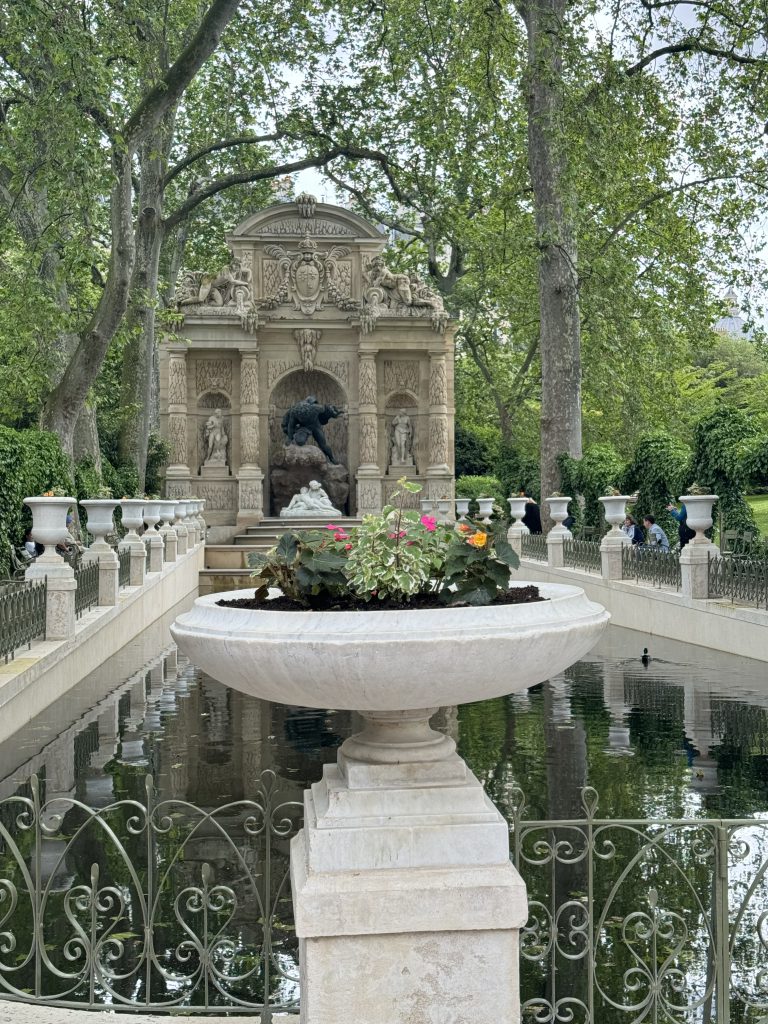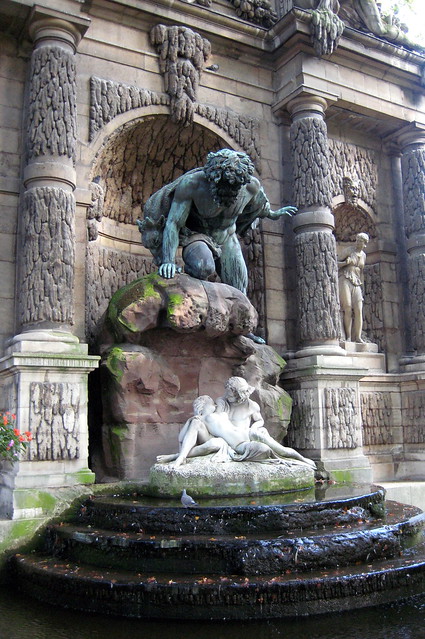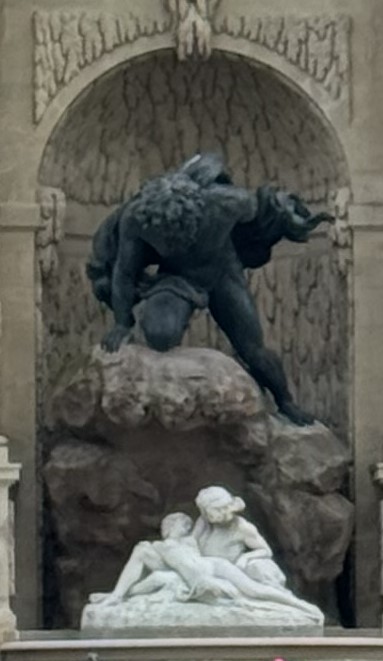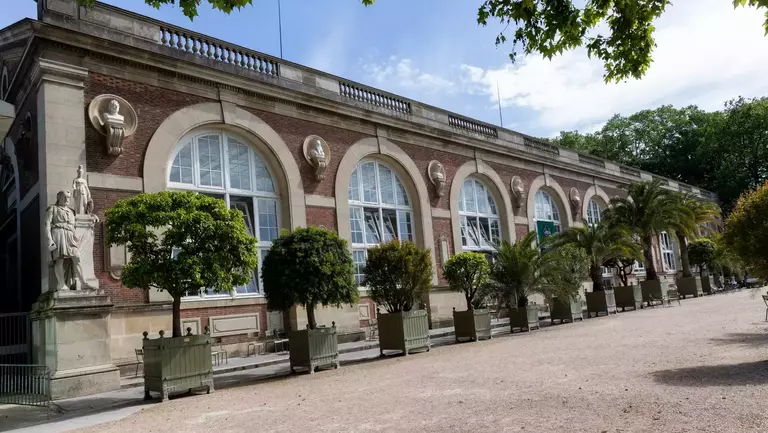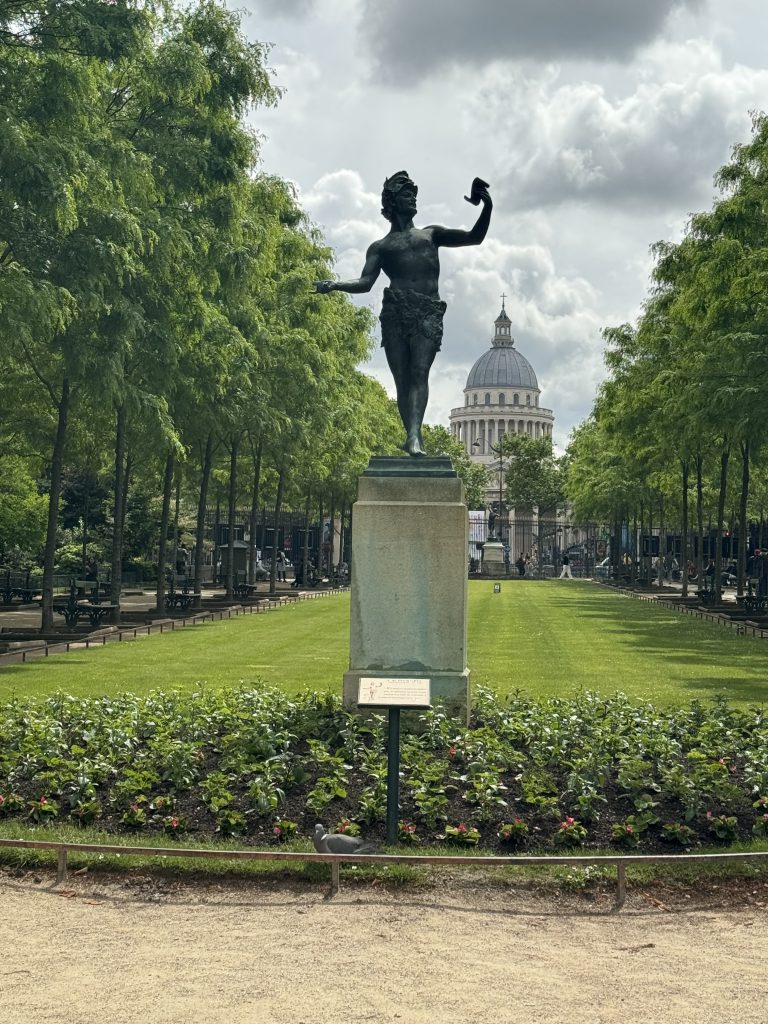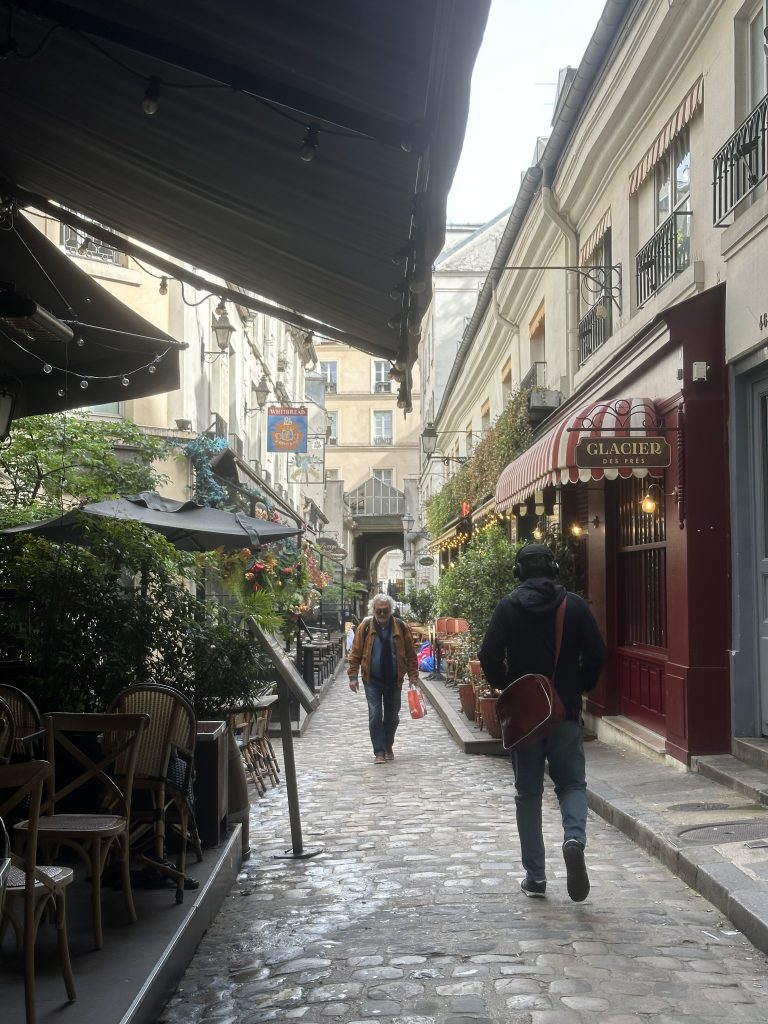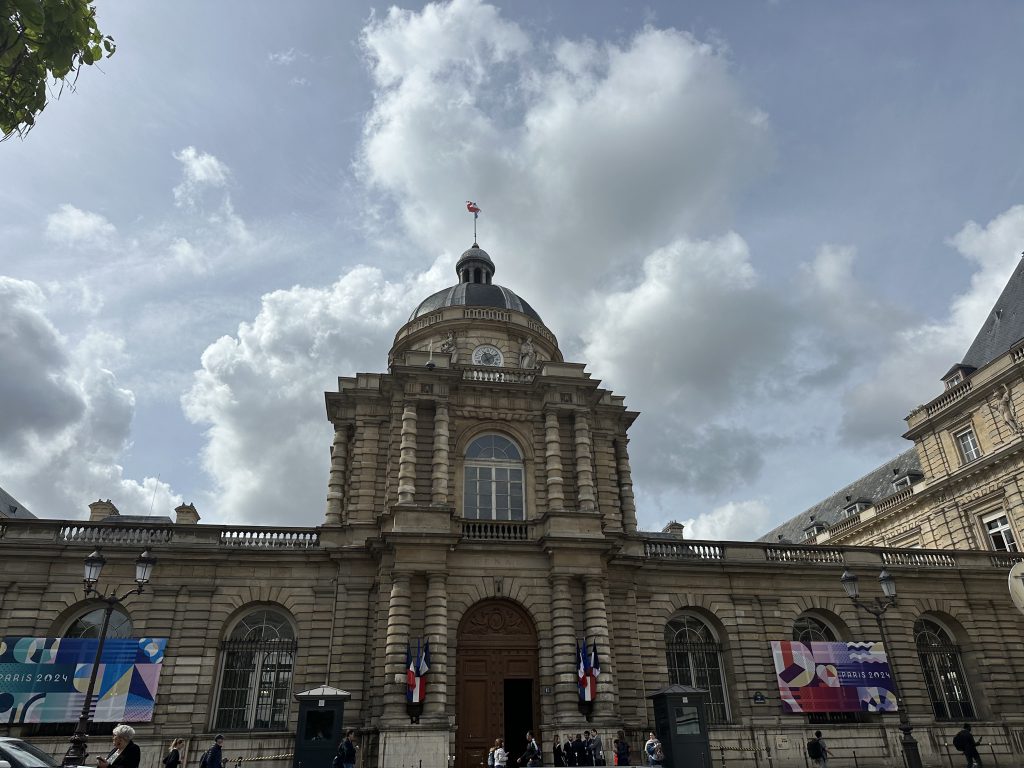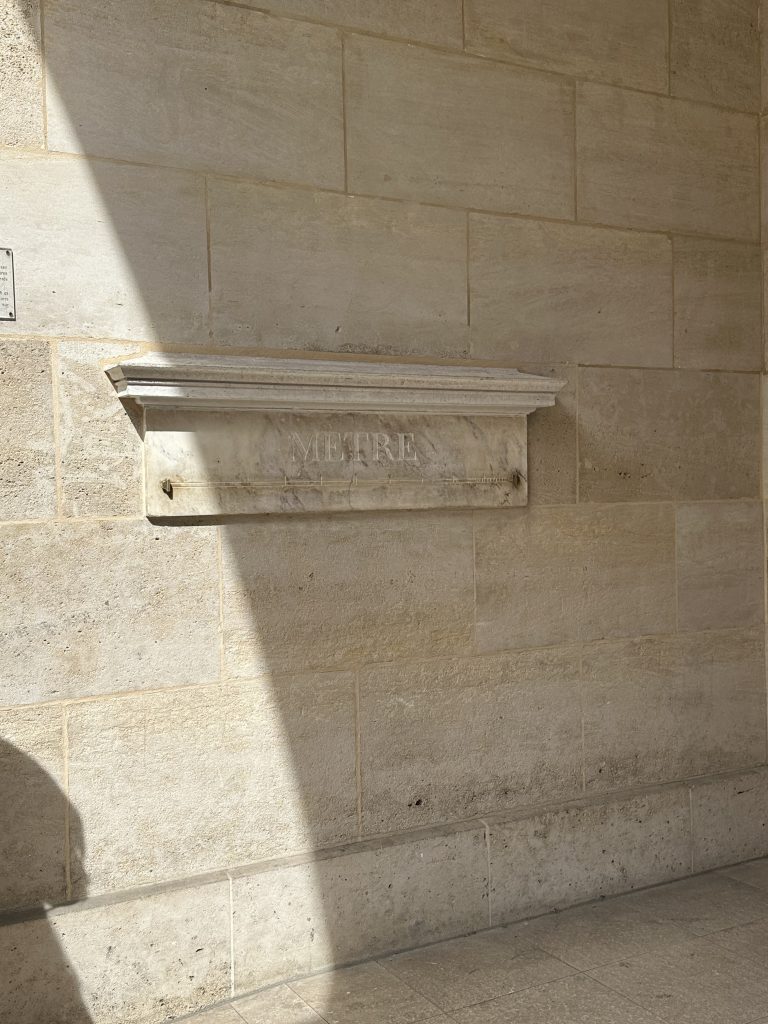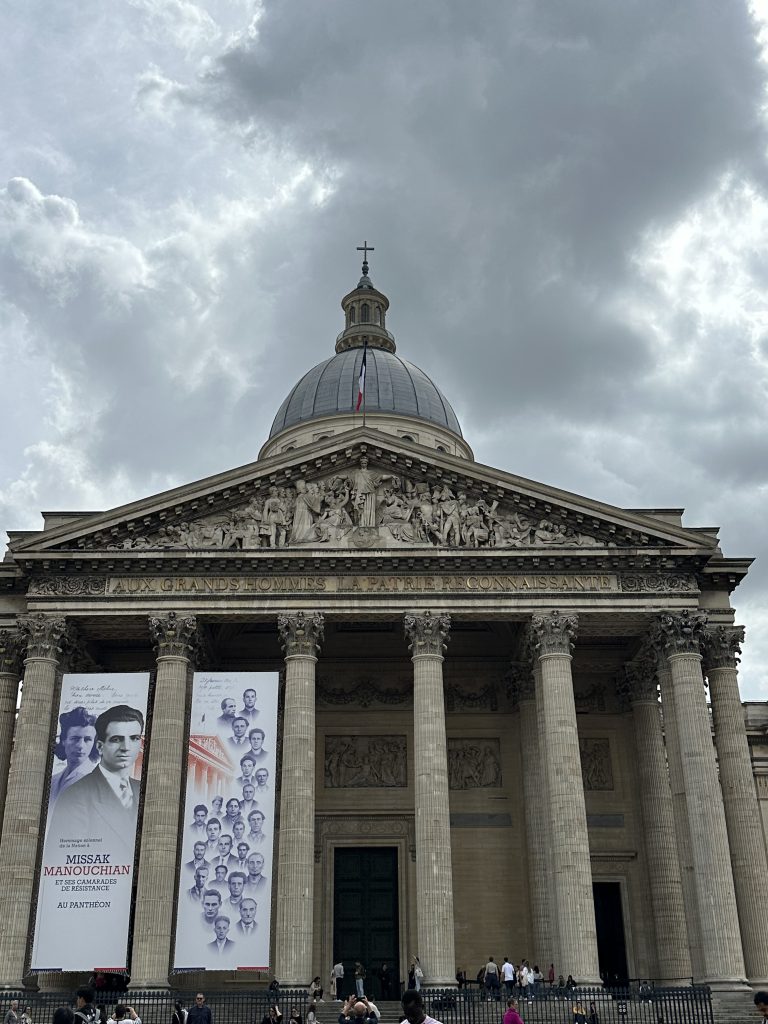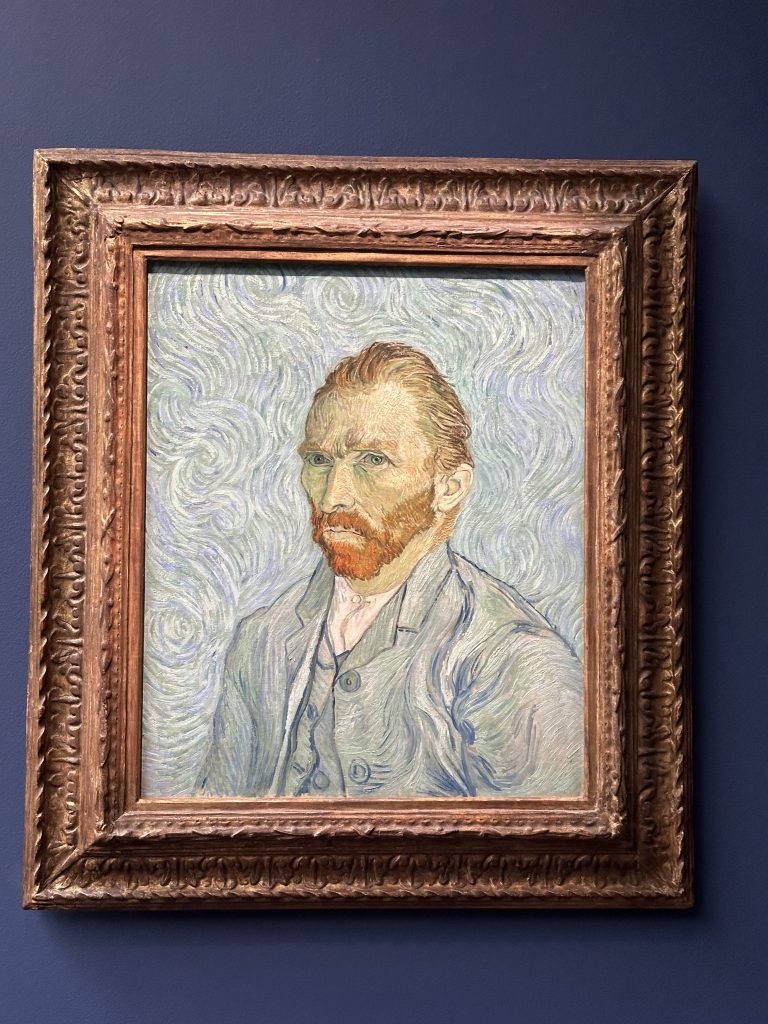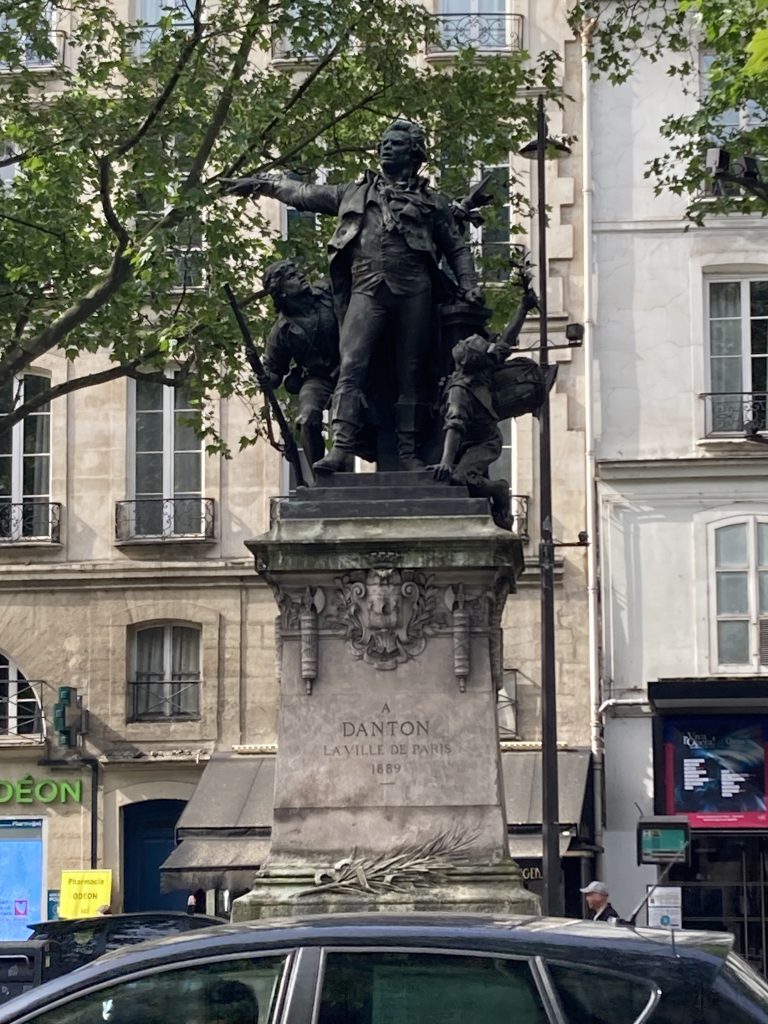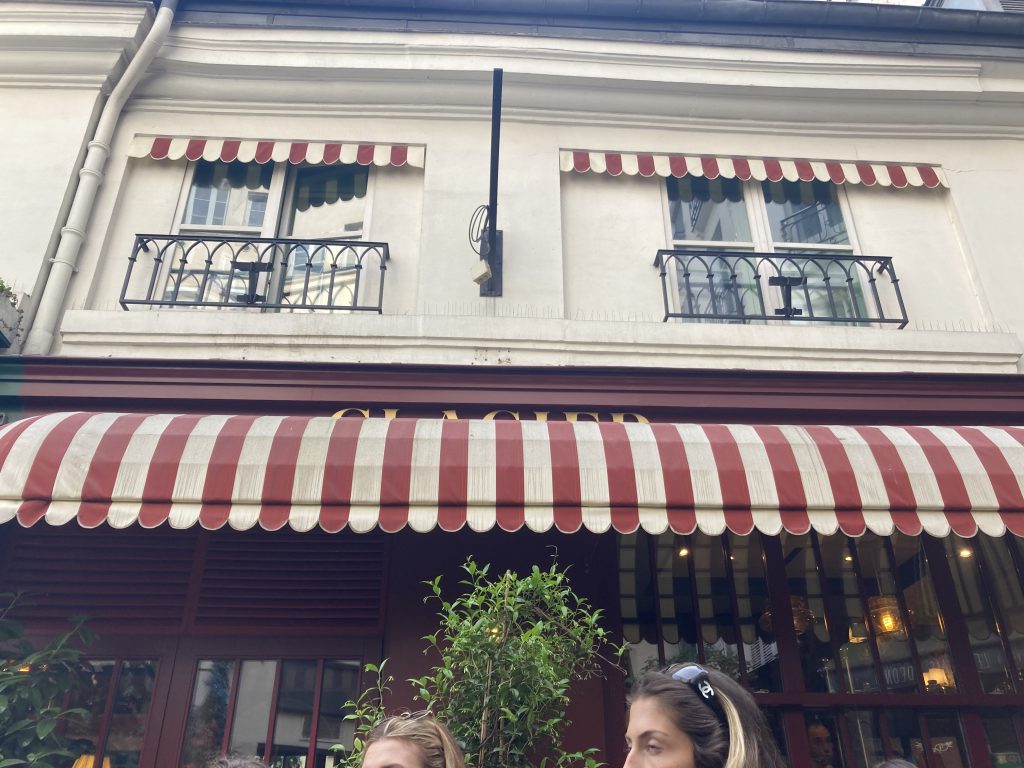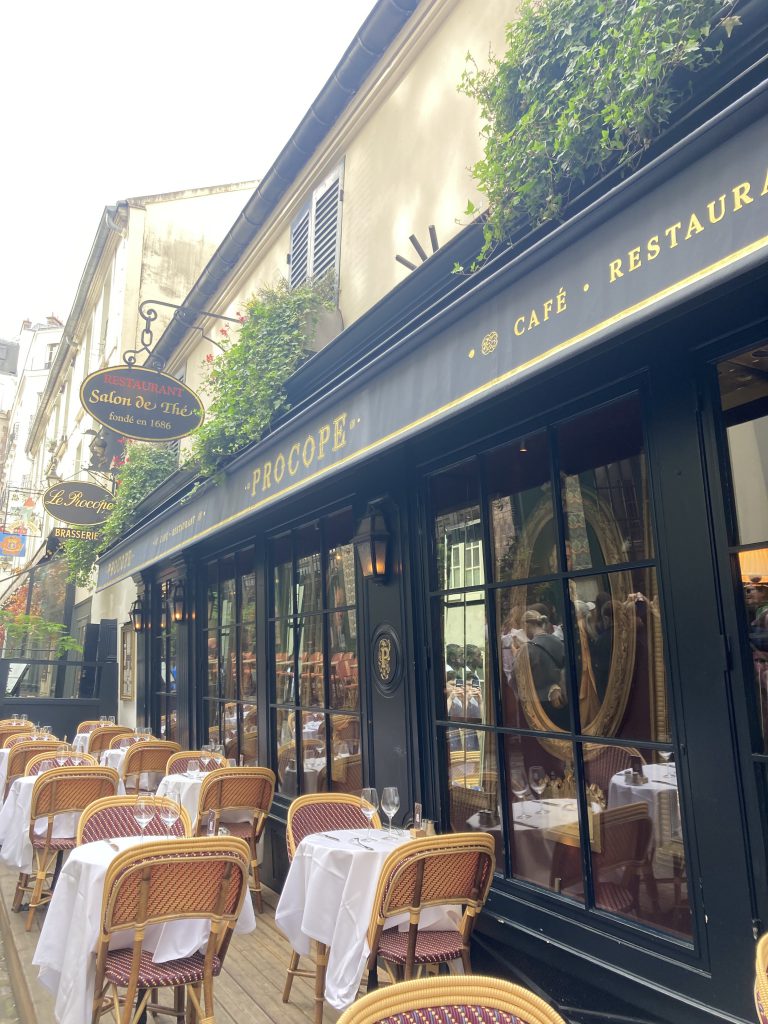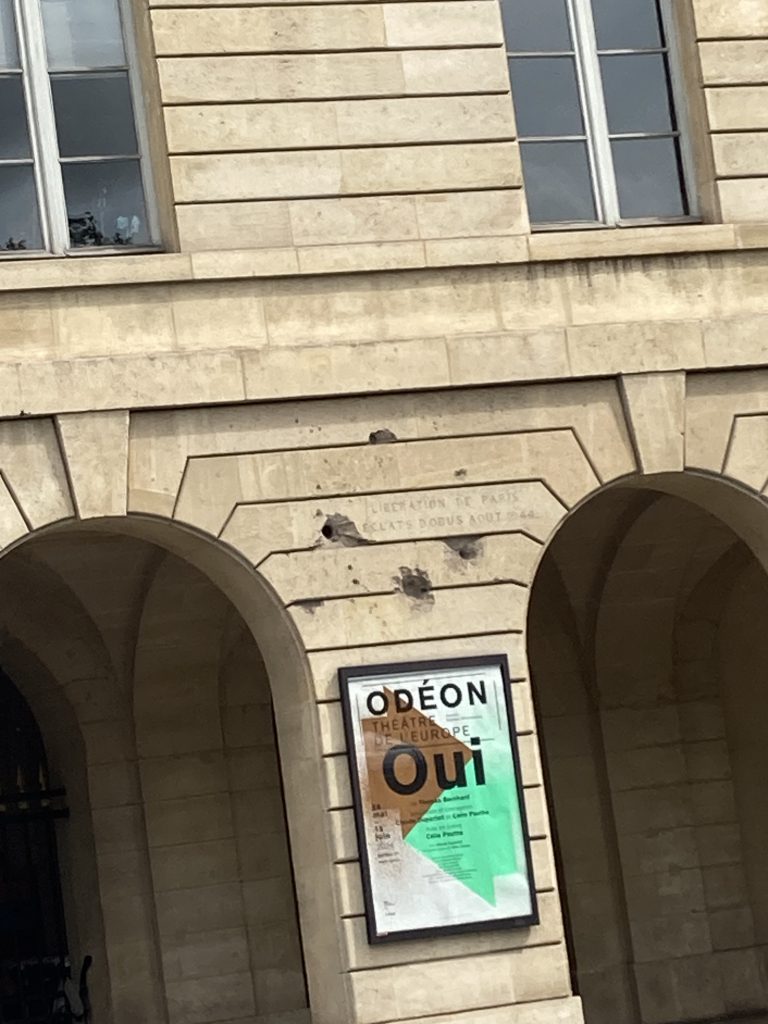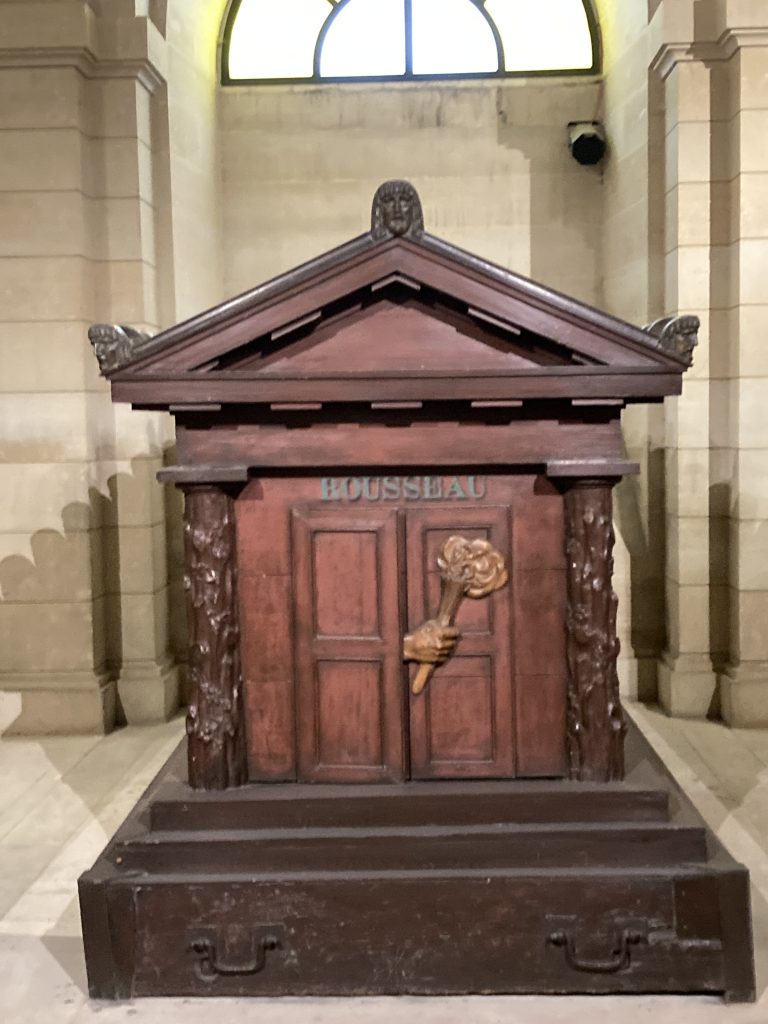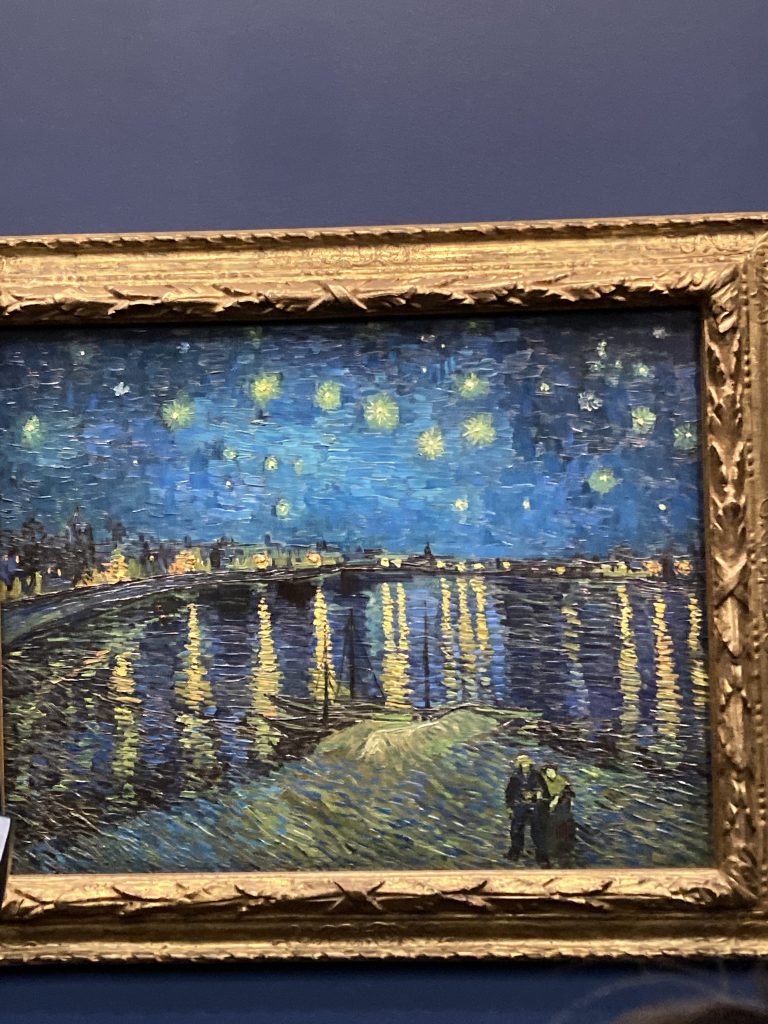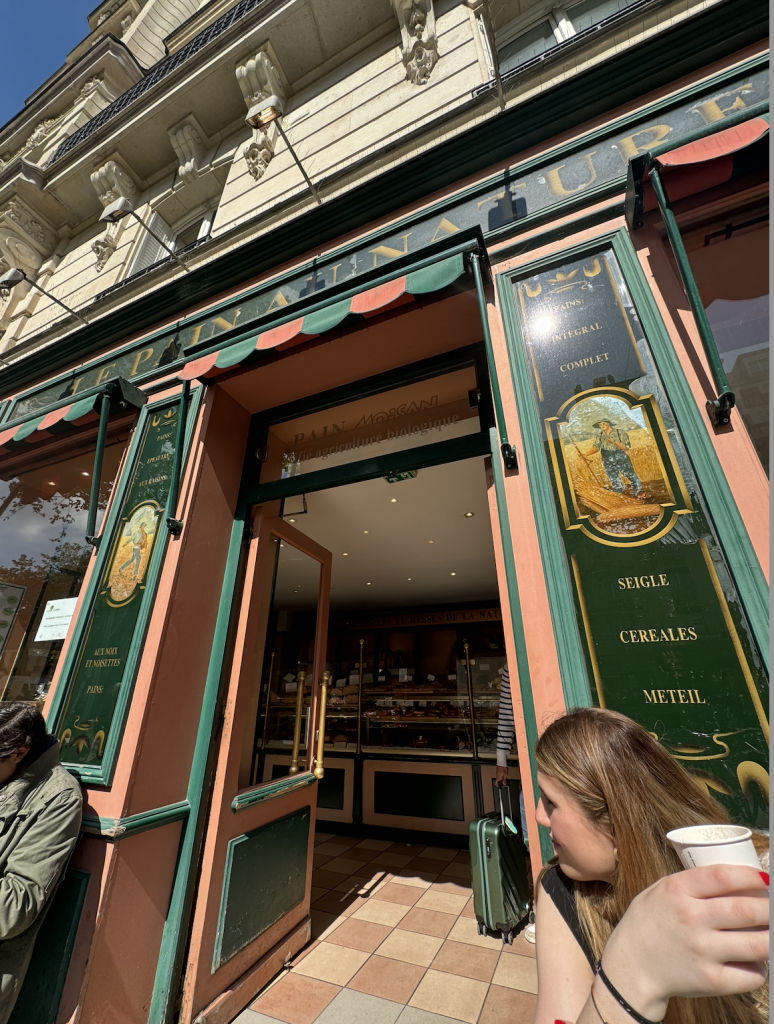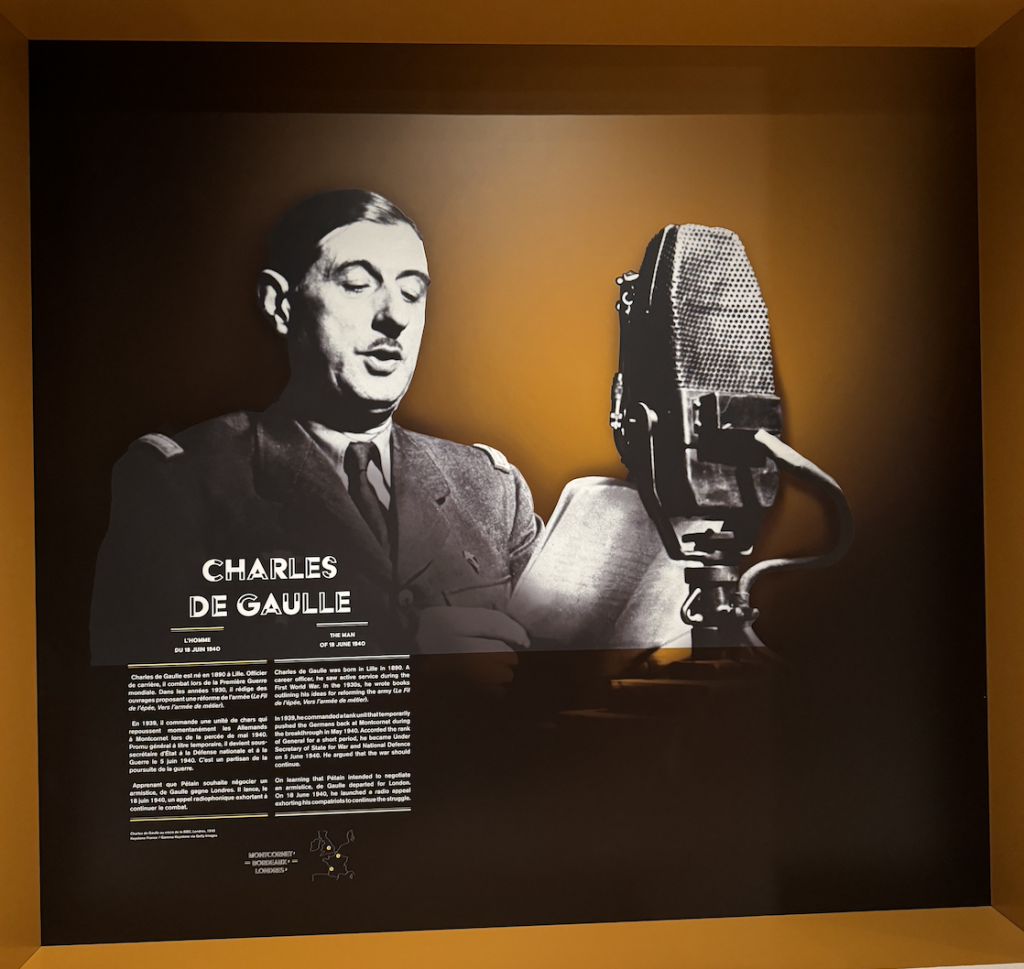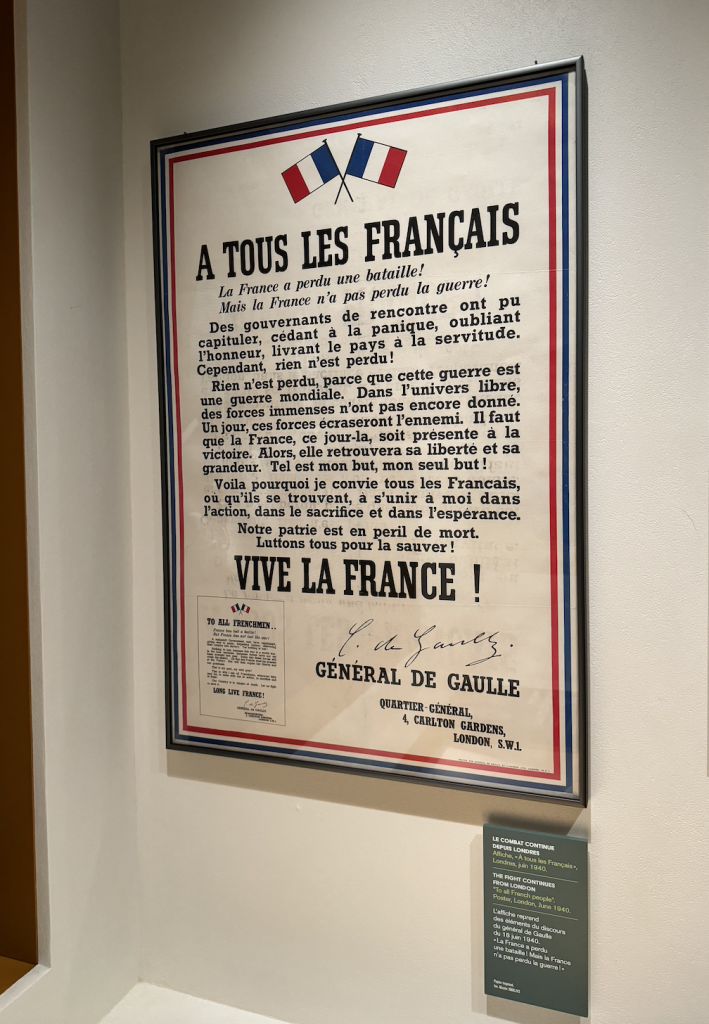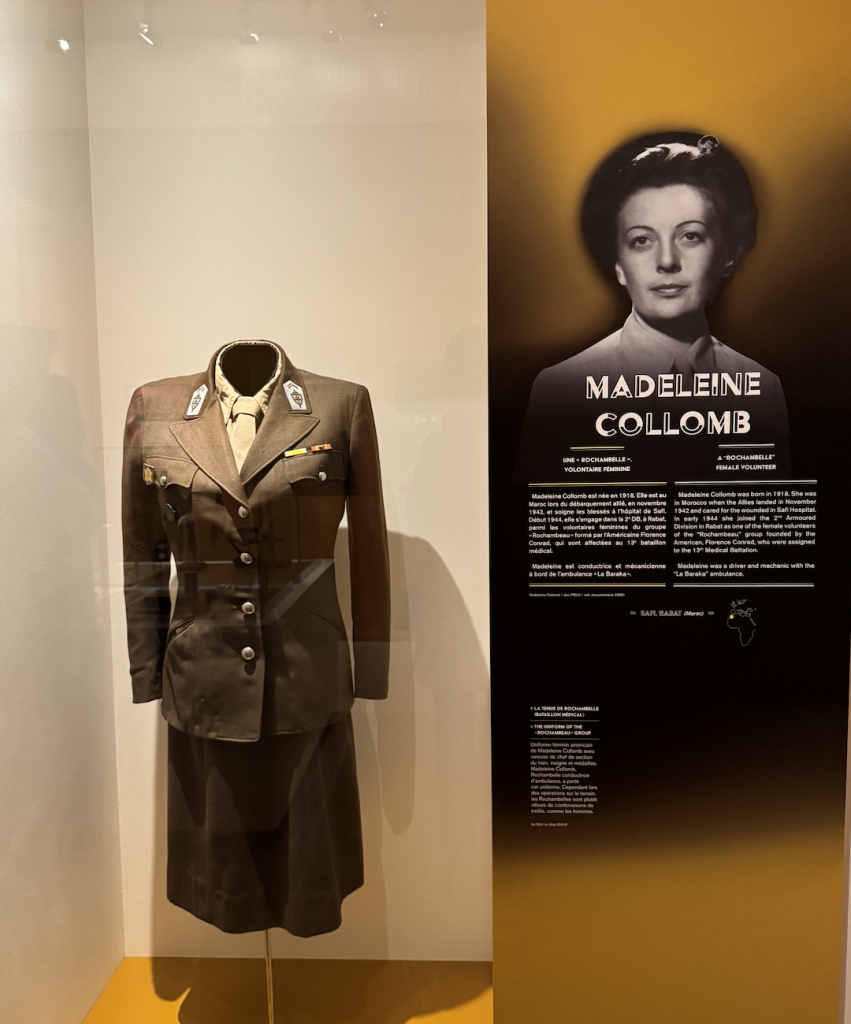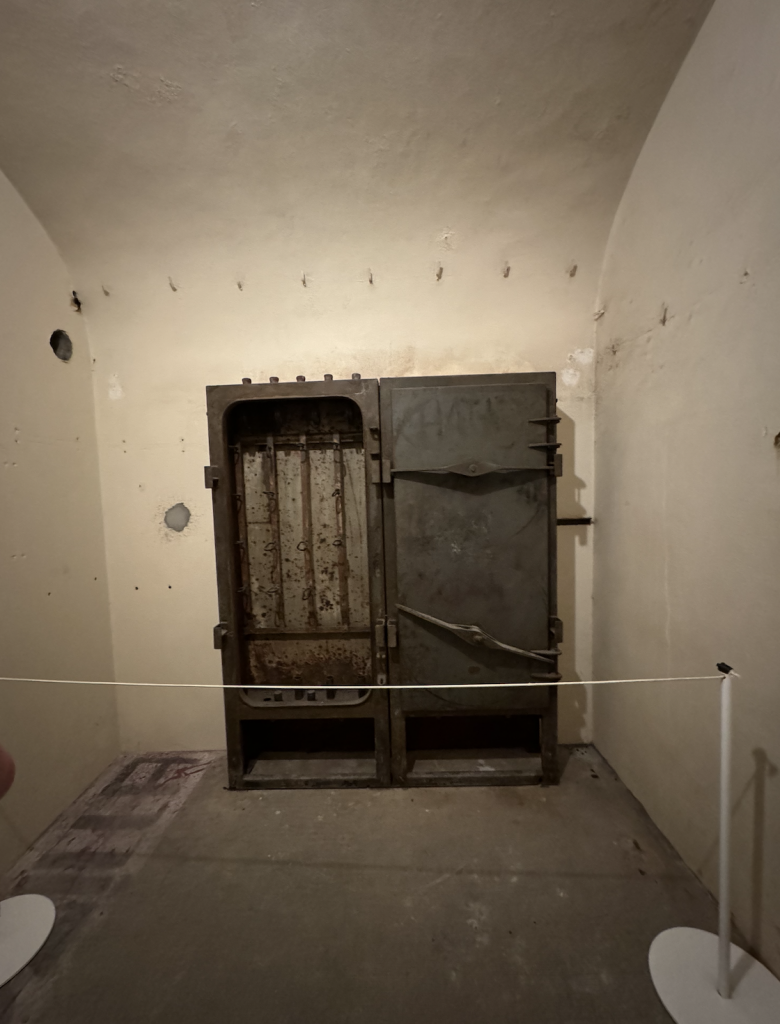One of the best days of the year is definitely my birthday, and I was fortunate to turn nineteen in the city of love, Paris.
With my newfound obsession for collecting timeless clothing pieces, I was particularly excited to visit Café Maxime Frédéric at Louis Vuitton. My friend and I arrived just as it opened, avoiding the need to wait in line. The café, set in a lush tropical jungle overlooking the Seine River, provided a perfect backdrop for the occasion. Although I usually have eclectic tastes in food, I opted for a classic hot latte and a Vanilla Entremets, a vanilla cream cake. To my delight, my taste buds were treated to an explosion of flavors from three types of vanilla: Reunion blue vanilla, Tahitian vanilla, and Madagascan vanilla bean. These flavors were perfectly complemented by caramelized milk and a buttery, crispy cracker bottom. The latte further enhanced the rich vanilla taste, making the experience even more memorable. Having discovered Café Maxime Frédéric through TikTok, I was thoroughly satisfied with the quality of the food and now understand why it was so highly recommended.



During the tour, we discussed James Baldwin and Josephine Baker, both of whom faced the hateful injustice of racism in America. However, they found a sense of peace upon arriving in Paris, where attitudes towards race were markedly different.
In the 9th arrondissement, what is now called Le Carrousel was once a bar named Chez Josephine, owned by Josephine Baker. Her lover was also the first manager of her business. The plaque on the side of the building is placed to show dedication to Josephine. It translated to, “Here Josephine Baker music hall artist, resistant, and civil right activist promoting Jazz and American culture”.
As we continued down the street, our tour guide explained the intense curiosity about Black people in the 1920s. Upon hearing this, Josephine fled the United States and moved to Paris in 1925. Two years later, the French government changed the law to allow more immigrants to come to France, and in 1937, Josephine obtained her French citizenship. Josephine was not just a mere celebrity; she was charismatic, bold, and courageous. Her eccentric personality grabbed attention and influenced art and culture, continuing to inspire people to this day. Josephine wanted to show she was much more than a girl dancing half-naked, and she achieved this by leaving a lasting legacy. Consequently, she became known as “the first international Black icon.” Beyond her contributions to the arts, Josephine became a lieutenant in the French resistance, risking her life spying for France during World War II.

In November 2021, Josephine Baker was accepted into the Panthéon, though not everyone was in agreement with this decision. Some younger Black people expressed their dissatisfaction, stating, “The legacy of African Americans coming here is a way for the French to say they’re not racist by welcoming Black Americans.”

On Rue Jean-Baptiste Pigalle, the red door of a building that splits the road into two paths tells the story of the Harlem Hellfighters, African American soldiers who fought for France in World War I in 1917. Initially, they were assigned to tasks like cleaning and cooking because American generals did not want Black men fighting against white soldiers, in this case, the Germans. However, the French disagreed and were taken back on how they were supposed to treat Black soldiers since they did not have segregation laws like America. After the war ended, the Black soldiers celebrated with jazz music. While African soldiers returned to Africa, African American soldiers went back to the U.S. Disappointed by the lack of recognition, many African Americans moved back to Paris and started the first jazz club at the location of the red door in the image to the left.
After the war ended, the Black soldiers celebrated with jazz music. While African soldiers returned to Africa, African American soldiers went back to the U.S. Disappointed by the lack of recognition, many African Americans moved back to Paris and started the first jazz club at the location of the red door in the image to the left.

The tour continued with the story of Eugene Bullard, a boxer, soldier, spy, and the first Black pilot fighting for France. He foresaw the rise of jazz clubs and, although he didn’t play instruments, he collaborated with an American entrepreneur to open the first jazz club, once called Monico Brick Tops, now transformed into a different store called Bio c’ Bon. However, with the U.S. recession in the 1920s and the rise of fascism in Europe, Bullard moved to America, where he wasn’t taken seriously for years.

We walked around Little Africa and passed Montmartre, where we found a hidden plaque that discusses paleontology in which Cuvier helped mankind understand species better through studying fossils.
While it was often said that the French felt threatened by American ideologies, I believe this exchange ultimately benefited Paris. It paved the way for a vibrant integration of diverse cultures, enriching the city’s already dynamic atmosphere. This cultural fusion adds a unique radiance and charm, making Paris not only more beautiful but also more inclusive—a true home for people from all walks of life.
In the past few years, I’ve made an effort to celebrate my birthday in Manhattan to add a little spark to my special day. However, I never expected to celebrate this year’s birthday in Paris! To be honest, I wasn’t initially as excited, but my enthusiasm grew as I got to know the city better. It truly has been an unforgettable and enriching experience.
